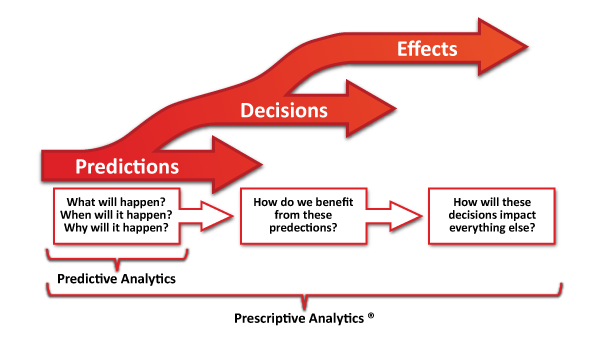Predictive Analytics: Leveraging Data to Make Better Business Decisions

Course Content
Introduction
-
Explanation of predictive analytics
00:00 -
Importance of predictive analytics for businesses
00:00 -
Benefits of using predictive analytics
00:00 -
Overview of the eBook
00:00